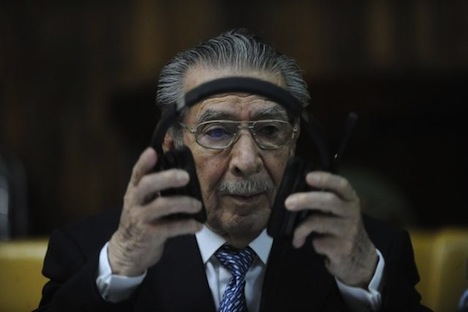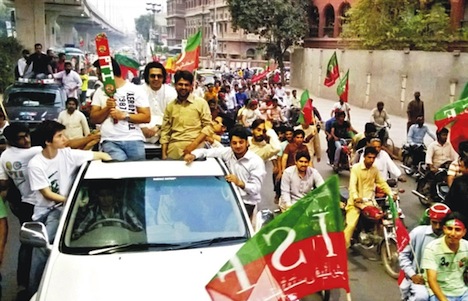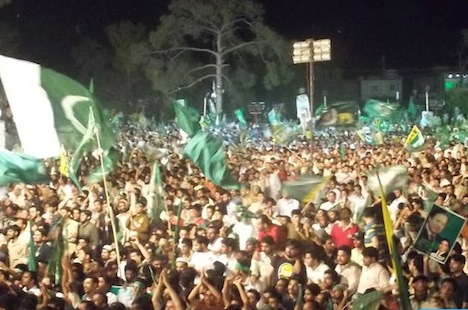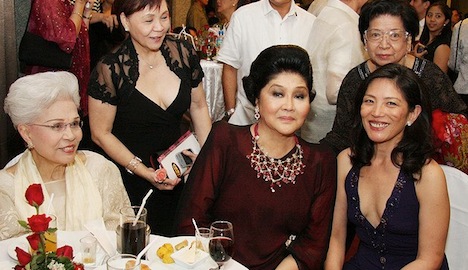It’s hard to know exactly what to think, but I certainly didn’t expect former Guatemalan president Efraín Ríos Montt to be treated so harshly by a tribunal in his own country.![]()
Tonight brings word that Ríos Montt, at age 86, has been convicted of genocide and crimes against humanity, with a sentence of 80 years in total — it’s the first time a country has ever tried or convicted a former leader for genocide.
It’s a breathtaking victory for human rights — even by the grueling standards of the Cold War, the terror that Ríos Montt wreaked on the indigenous inhabitants of Guatemala’s highlands was inexcusable. The death of up to 10,000 Guatemalans during a reign of 17 months is really quite something and, though justice has come 30 years after Ríos Montt left office, the fact of the matter is that justice has now come to a country that spend far too much of the Cold War impoverished and embattled in civil war.
It’s also a somber verdict for the United States and the administration of former U.S. president Ronald Reagan, which horrifically supported Ríos Montt with vigor, in part because of his ties to evangelical Christians, and his ties to the Republican establishment in the United States continue to this day — his daughter, Zury Ríos Montt, is married to former Illinois Republican congressman Jerry Weller. There are, of course, poor marks for every U.S. presidential administration, but the wanton disregard for human rights during the early 1980s sets the Reagan administration’s support for Ríos Montt aside as a particularly egregious oversight in an era of bipartisan disregard for sovereignty throughout Latin America.
Though I doubt it will make top headlines in the United States, any U.S. citizen on the left or the right should be horrified by what Ríos Montt and his administration perpetrated, and even more horrified that the United States so breezily facilitated it.
I don’t mean to be unduly partisan — you can lay any number of tragedies in foreign lands at the feet of many U.S. presidents, Democrat and Republican. For Guatemala, though, the involvement of the U.S. Central Intelligence Agency in overthrowing the leftist, though duly elected, Guatemalan president Jacobo Árbenz in 1954 was a catalyst for the civil war and turmoil that the country would face for the next four decades. Though it happened on the watch of U.S. president Dwight Eisenhower and U.S. secretary of state John Foster Dulles, the uprooting of developing nations during the Cold War, especially in Latin America, was a bipartisan venture.
But as I wrote in February, the Ríos Montt administration escalated what had already been by that point three decades of civil war: Continue reading Ríos Montt found guilty of genocide, crimes against humanity, sentenced to 80 years



